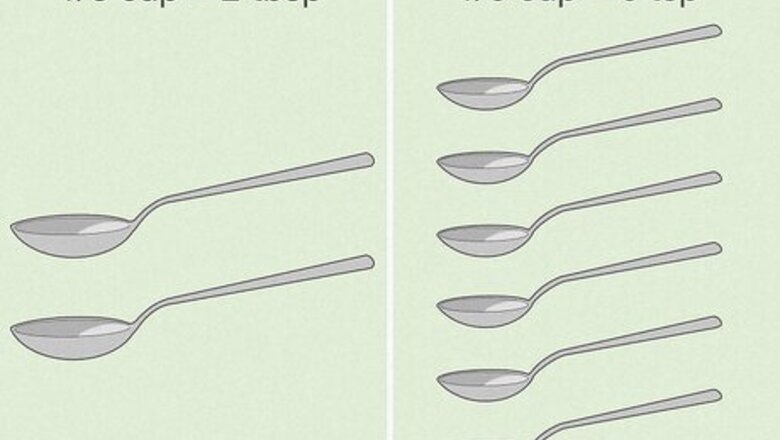
views
What is half of 1/4 cup?
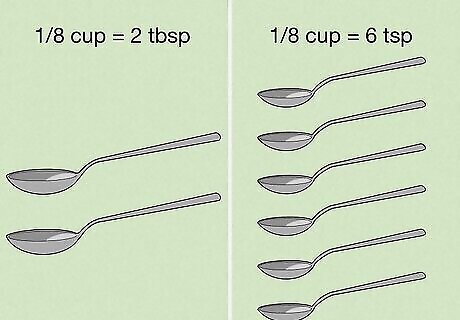
1/8 cup or 2 tablespoons Half of a quarter cup is ⅛ cup, but there usually aren’t measuring cups that small. However, half of a quarter cup is also equal to 2 tablespoons or 6 teaspoons of any dry ingredient. If you’re converting wet ingredients, then 1 fluid ounce (30 ml) is the equivalent of a halved ¼ cup.
Halving Other Measurements
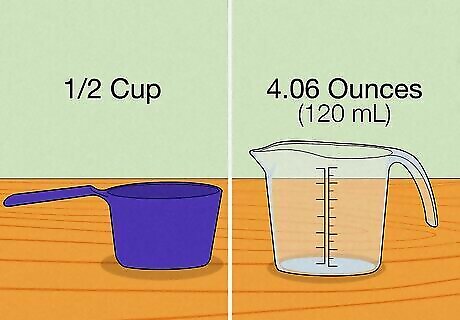
If you’re cutting a full recipe in half, then use the following conversions for the other measurements. ⅛ teaspoon: a dash or a few drops ¼ teaspoon: ⅛ tsp or 0.02 fluid ounces (0.59 ml) ½ teaspoon: ¼ tsp or 0.04 fluid ounces (1.2 ml) 1 teaspoon: ½ tsp or 0.08 fluid ounces (2.4 ml) 1 tablespoon: 1 ½ tsp or 0.25 fluid ounces (7.4 ml) ⅛ cup: 1 tbsp or 0.5 fluid ounces (15 ml) ⅓ cup: 2 tbsp and 2 ½ tsp or 1.416 fluid ounces (41.9 ml) ½ cup: ¼ cup or 2.03 fluid ounces (60 ml) ⅔ cup: ⅓ cup or 2.7 fluid ounces (80 ml) ¾ cup: 6 tbsp or 3 fluid ounces (89 ml) 1 cup: ½ cup or 4.06 fluid ounces (120 ml)
Differences in Measuring Wet & Dry Ingredients
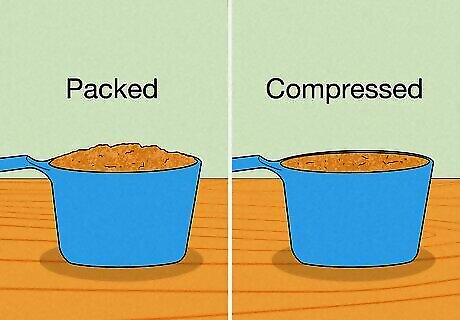
Dry ingredient amounts can vary if they’re packed or compressed. If you’re using flour, brown sugar, or powdered sugar, measuring cups fit different amounts depending on if you compact the ingredients. Using too much or too little of an ingredient when you’re baking can affect the recipe’s consistency, so it’s important to check if the cup should be loosely or tightly packed. Use dry measuring cups with a flat brim. Scoop the ingredient into the cup with a spoon and level off the excess with a butter knife. If you’re worried about inaccuracies using measuring cups, measure the ingredients by weight instead. Use a kitchen scale and make simple conversions.
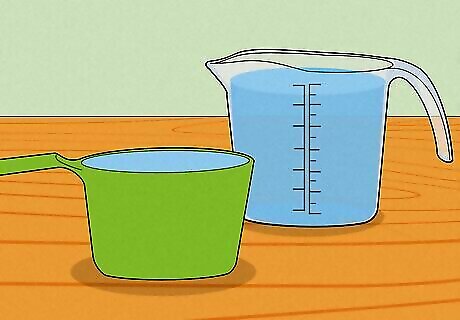
Wet ingredients have the same volume no matter what tool you use. Wet ingredients don’t change in volume because they can’t be compacted. Just make sure you use a liquid measuring cup for your ingredients so you can have the most precision. Avoid using dry measuring cups for wet ingredients because they’re more difficult to fill correctly without spilling.
Advice for Cutting Recipes in Half
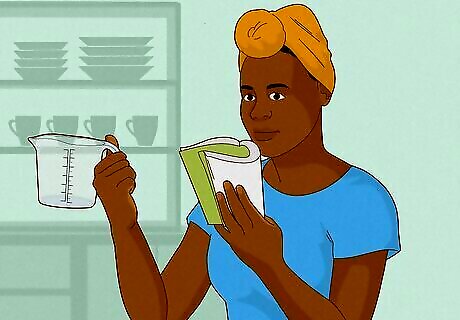
Make conversions before you start cooking. Instead of trying to do math on the fly, look through the recipe and cut all of the ingredients in half before you begin. That way, you can pull out the right amount of ingredients and don’t have to worry about making a mistake while you’re cooking.
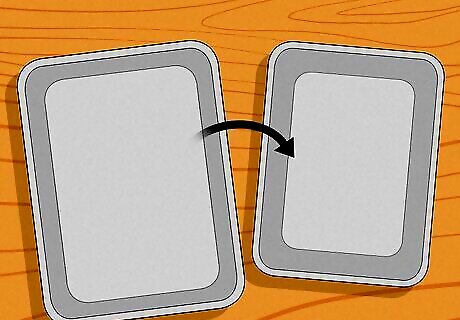
Use smaller cookware for your recipe. Since you’ll have less batter or dough from a halved recipe, using a large pan can make cakes, brownies, or breads flatter or have the wrong consistency. Opt for cookware that’s about half the size so your recipe still turns out. If you’re making single-serve foods, such as muffins, cupcakes, or cookies, you can use the cookware listed in the recipe. You just won’t be able to make as many as if you were making the full recipe.
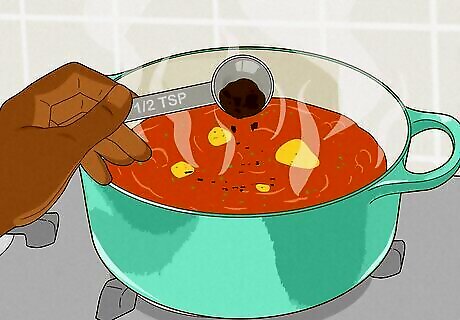
Cut spices, but taste-test your food as you cook. Start by halving the spices you’re using, but try your food throughout the cooking process. If your food tastes a little bland, don’t be afraid to add some extra spice to your recipe to make up for the lost flavor.
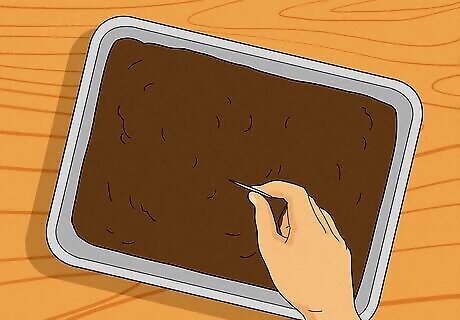
Check if your food is finished halfway through the cook time. Cook times may vary slightly because you’re using fewer ingredients than the original recipe. Set a timer for half of the written cook time, and check if your food is finished. If not, then continue checking your food every 5 minutes so it doesn’t get overcooked.
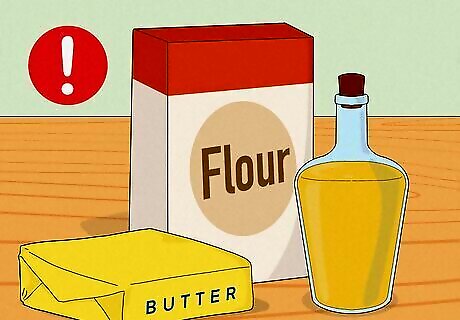
Avoid cutting ingredients for coating cookware. Even though you should halve the other ingredients in your recipe, use the same amount of oil, butter, or flour to line a pan. Cutting these ingredients could cause your food to stick inside a pot or pan, so it’s best to stick to the written recipe.

















Comments
0 comment